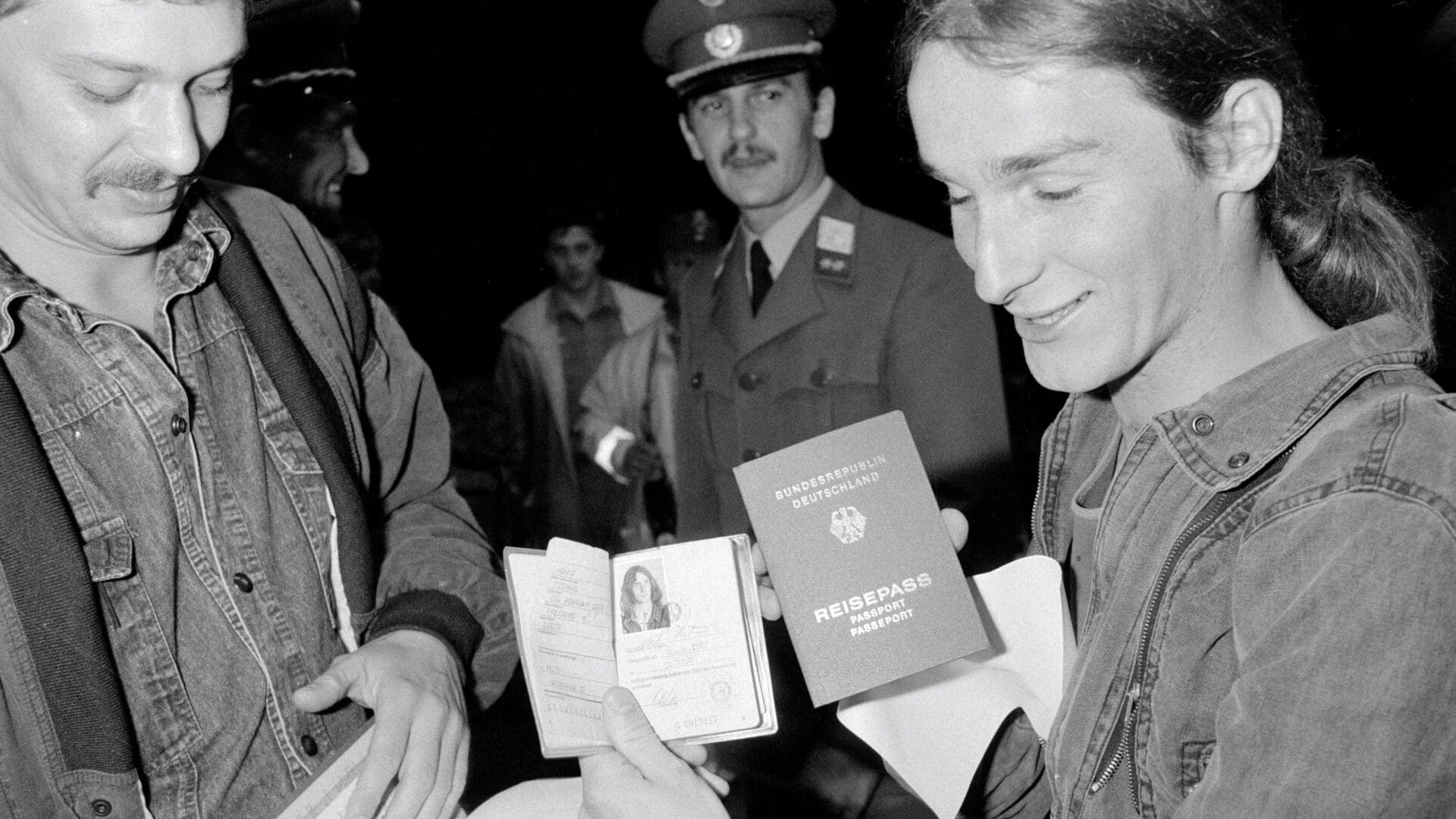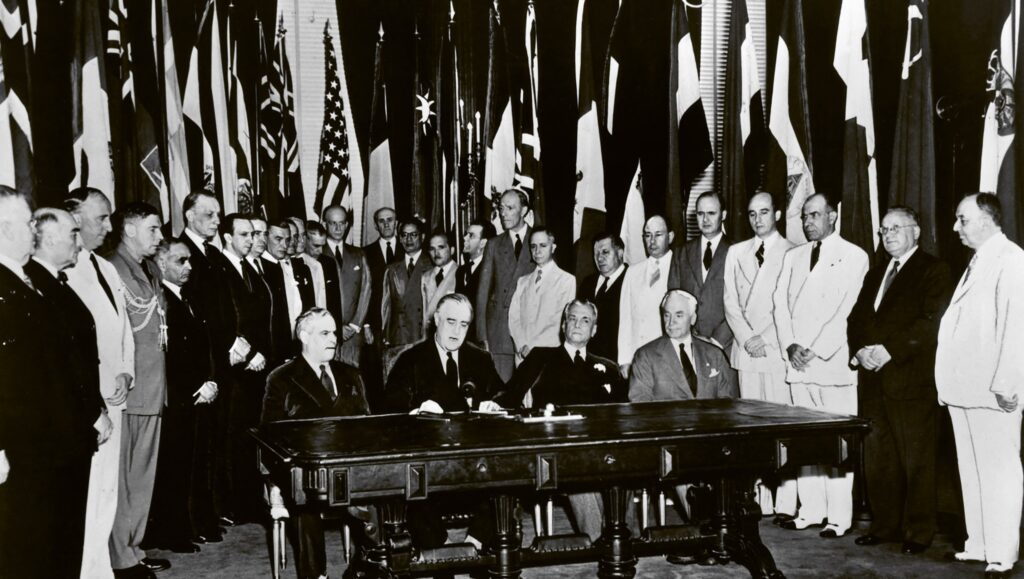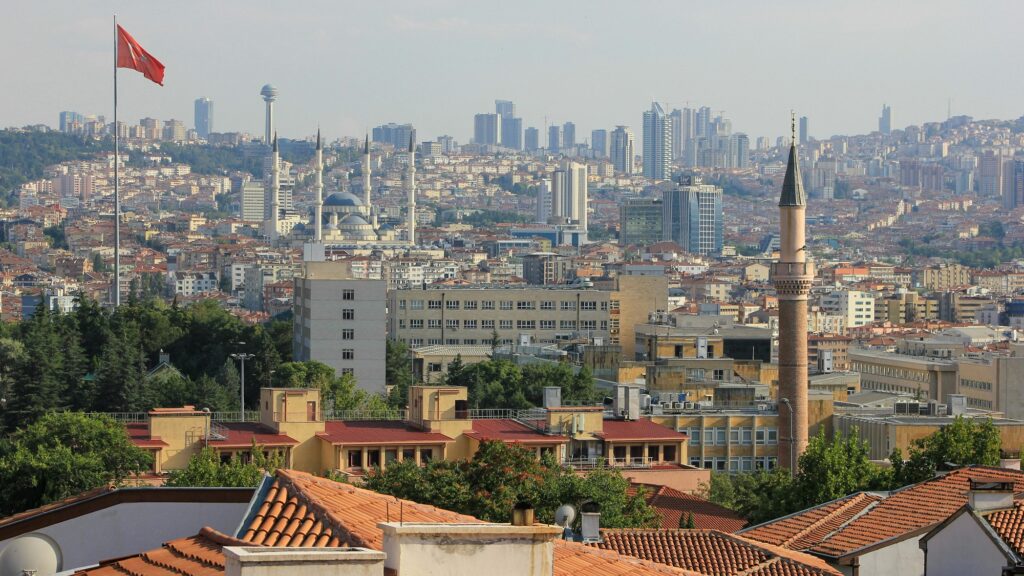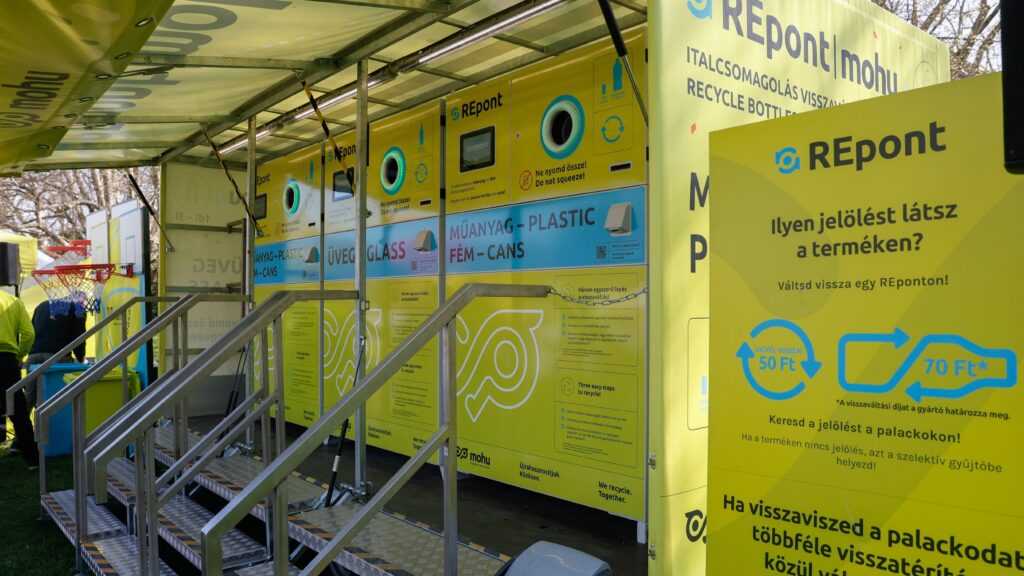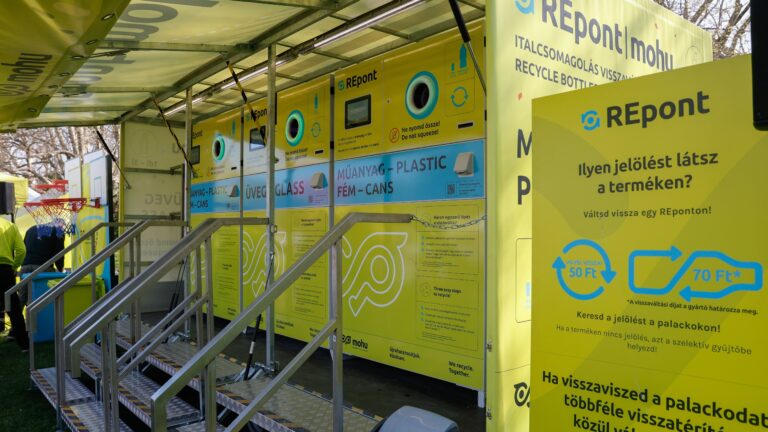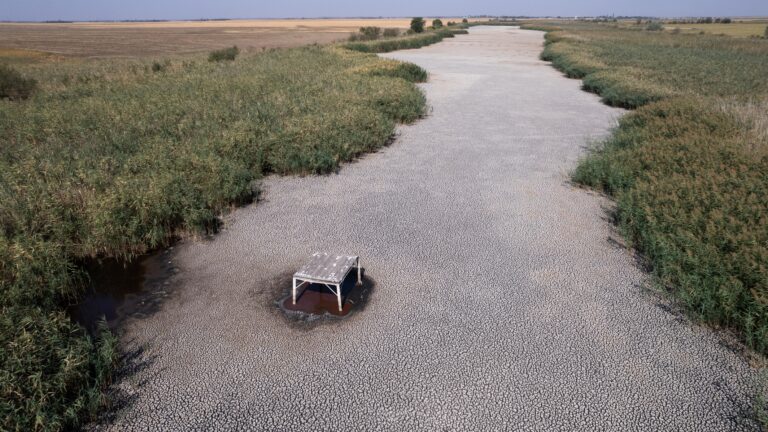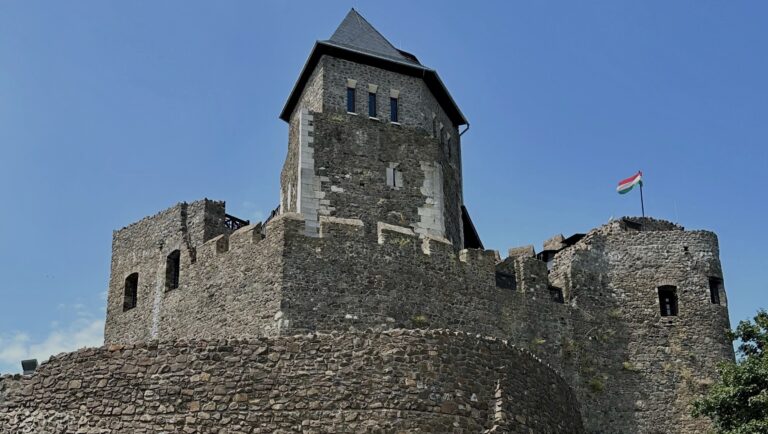The Pan-European Picnic (Paneuropäisches Picknick in German, and Páneurópai piknik in Hungarian) was a symbolic event of the regime changes around the time of the fall of the Soviet rule in Eastern Europe. Marking the definite end of the Iron Curtain, which separated Hungary from the rest of the free world, it was also a milestone and catalyst in the process of democratizing the country.
The picnic was originally meant to be a performance, symbolising the struggle for open borders inside Europe. However, eventually it became a very practical event, which enabled many East German refugees to flee to West Germany and demonstrated the ultimate unsustainability of the Iron Curtain itself.
Prelude: German Refugees in Hungary
Since East Germany (the so called German Democratic Republic, DDR) did not forbid its citizens from travelling freely inside the Eastern Bloc, Hungary became a popular holiday spot among them. Apart from being a tourist destination, it was also a ‘neutral’ ground, to where people from both East and West Germany could travel. Thus, many families, torn apart by the Iron Curtain, were able to meet in Hungary. Eventually, during the 1980s, more and more East Germans also started to use Hungary as a spot to seek refuge at the West German embassy of Budapest, their numbers nearing 40 thousand by 1989. As the building was unable to house more of them, West German and Hungarian officials sought the help of the ‘Máltai Szeretetszolgálat; the charitable organization of the Sovereign Military Order of Malta in Hungary. This organization created a refugee camp, where many of the Germans were hosted. This coincided with the initiative of the anti-communist opposition parties, who, due to the great number of German refugees in Hungary, decided to organize a picnic for them.
The idea was to host it in the ‘no men’s land’ between Hungary and Austria.
The opposition parties were joined by the ‘Maltans’, as well as the International Pan-European Union. Otto von Habsburg, the crown prince of Hungary and a leader of the Pan-European Union, as well as Imre Pozsgay, reformist leader in the Communist government, were chosen as protectors of the event. Other organizers also included Csilla von Boeselager and Imre Kozma.
The Event: Tearing Down the Iron Curtain
The event was set to be held on 19 August 1989, not to coincide with the 20 of August, which was and is one of the most important national holidays of Hungary. It was decided that the picnic would have been held at Piuszpuszta (a district of Fertőrákos), inside the border zone. The official part of the even was rather regular. German refugees from the Hungarian camps, accompanied by Hungarian organizers and guests held a picnic, lit bonfires, and roasted bacon, inside the neutral border zone, therefore between the double fence, erected by Hungarian border guards, in order to prevent anyone crossing to Austria. However, early in the morning, a group of refugees decided to cross into Austria, to reunite with their families residing in West Germany.
The first group was joined by more and more refugees, in three large waves, and these human waves practically broke through the second fence, getting to Austrian territory. The Hungarian border guards did not take any action, letting them cross through. It is debated in Hungary to this day, whether the troops had an order to fire at will, or not.
It is most likely that the border guard service had simply no protocol for such unexpected events. However, it is more than sure that the troops were expected to somehow stop the wave of refugees, who had no legal right to cross the border. But, apparently for all the guards present, conscience was more important than the orders they received. Thus, in the end, most of the German refugees, who took part in the picnic, were able to cross to Austria, and eventually also ‘return’ to (West) Germany.
More than six hundred Germans were able to flee during a single day. This marked the largest mass immigration of East German refugees since the building of the Berlin Wall. During September, the border was opened for the remaining refugees, marking the effective end of the Iron Curtain.
Impact and legacy: Europe United
The Pan-European Picnic demonstrated the unsustainable nature of the Iron Curtain. Gyula Horn, the last Communist foreign minister of Hungary already symbolically cut the border fence in June of 1989, marking the official start of the gradual destruction of the closed border. However, the picnic fastened this process. While Prime Minister Miklós Németh demanded strengthening the border after the events, the process could not have been stopped anymore. Hungary soon eradicated the iron fence completely, opening its border toward Austria. The events also helped the German Reunification to be realized during the years of 1989, and 1990.
The Pan-European picnic was not only about opposing the Communist Iron Curtain in particular, but also about opposing closed borders inside Europe in general.
Otto von Habsburg (Prince Otto, or Otto II as the ‘hereditary king’ of Hungary), and the Pan-European Movement, important organizers of the event, believed in a borderless Europe. Their efforts bore fruits as by 2023, it is possible to travel from the Croatia to the Portuguese shores without limits, due to the Schengen framework of the European Union.
The event also bolstered friendship between Hungary and Germany. The Germans never forgot the role Hungary played during the course of the events. The enduring legacy of the picnic is also demonstrated by the fact that Angela Merkel, Chancellor of Germany also expressed its gratitude toward Hungary, despite of her political differences with the government of Hungary.
However, the legacy of the picnic is not restricted to Hungary and Germany. It is also about the struggle against Communism and tyranny, as well as about striving for a free, united, and Christian Europe without borders, as envisioned by the organizers of the picnic.

